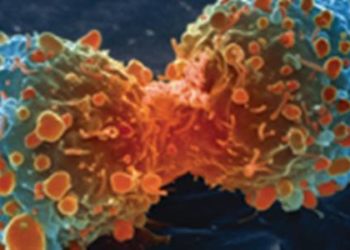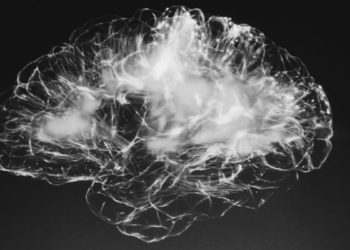A simple, cost-effective test for monitoring lupus nephritis
Image: CC. Lupus nephritis
Key findings:
- The spot protein:creatinine ratio, a reproducible, cost-effective, and elegant test, correlates well with the labourious 24-hour urinary total protein excretion when evaluating patients at low levels of proteinuria (i.e., approximately <1 g/day)
- At higher levels of proteinuria, however, there is increased deviation from the line of regression, which questions the validity of this method when monitoring for lupus nephritis at these higher levels
Primer: Lupus nephritis (LN) is one of the myriad of complications involved in systemic lupus erythematosus (SLE), the prototypical autoimmune disease characterized by the production of an array of autoantibodies that result in multisystemic disease. Persistent proteinuria of >0.5 g/day defines LN according to the American College of Rheumatology. The gold standard measurement of proteinuria in LN is the 24-hour urine collection. Quantifying proteinuria is vital for monitoring both disease activity and therapeutic response in patients with LN. Collecting a 24-hour sample, however, is both laborious and prone to errors. The urine protein:creatinine ratio (PCR) is more convenient, corrects for discrepancies due to hydration, and is not affected by a decrease in output inherent in patients with renal insufficiency. With stable glomerular filtration rate, the excretion of protein and creatinine is stable throughout the day, so spot urine samples should be indicative of a daily ratio. There is lack of data, however, regarding the efficacy of PCR in lieu of a 24-hour urine collection in LN.
For further reading, please see the following studies:
- Leung YY, Szeto CC, Tam LS, et al. Urine protein-to-creatinine ratio in an untimed urine collection is a reliable measure of proteinuria in lupus nephritis. Rheumatology 2007;46(4):649-52.
- Balow JE. Clinical presentation and monitoring of lupus nephritis. Lupus 2005;14:25-30.
This [retrospective, longitudinal] study: From 2004 to 2006, paired results of 24-hour quantification of urinary protein (mg) and a random spot urine PCR (mg/mmol per litre) were culled from the records of 486 patients with LN. Out of the group, 95 UK patients had paired results, 43 of whom had biopsy-proven LN. There was a significant correlation between PCR and 24-hour urine collection protein for the sample and for longitudinal data at two years and three years.
In sum: The study shows that, in patients with LN, the spot PCR correlates well with 24-hour urinary total protein excretion, especially at lower levels of proteinuria. Notwithstanding a small sample size, this correlation holds true for limited longitudinal data up to three years.
Although the correlation is impressive at low levels of proteinuria (i.e., <1 g/day), as proteinuria increases, there is significant deviation from the line of regression. The paper postulates that this deviation may be due to changes in creatinine clearance with increasing proteinuria or differences in muscle bulk between patients. Regardless, the reliability of a spot urine PCR is diminished at higher levels of proteinuria, which may manifest in LN. Thus, spot PCR can be used as an estimation or “red flag” for the extent of proteinuria, especially at lower levels of proteinuria; however, when quantification is necessary, physicians should resort to 24-hour urinary total protein.
Click to read the study in Lupus
Written by [JDP] and [AC]
© 2012 2minutemedicine.com. All rights reserved. No works may be reproduced without written consent from 2minutemedicine.com. DISCLAIMER: Posts are not medical advice and are not intended as such. Please see a healthcare professional if you seek medical advice



